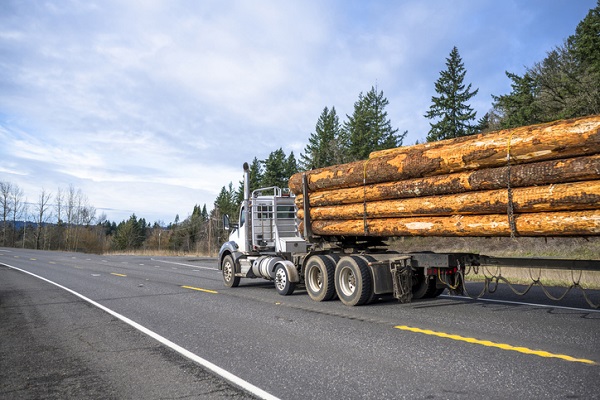Lumber prices are finally falling. What’s driving it, can we expect lower prices to stay, and how does it affect you as a builder?
Key drivers of the lumber price crash
As of this writing, lumber prices are hovering between $750 and $850 per 1,000 board feet. While this is still higher than historical averages, it’s a massive decrease from May 2021’s you-gotta-see-it-to-believe-it high of over $1,700 per 1,000 board feet.
There are two major forces driving the downward turn in lumber prices.
First, sawmills are ramping up production. According to Capital Economics (via Bloomberg), the price spike encouraged more sawmills to increase production. This could lead to more lumber in general, which can begin to address the huge demand we’re seeing.
Second, as the country truly begins to open up again, more people are traveling. Increased travel means less time and fewer funds for home improvement projects for people who’d been stuck at home during the pandemic. Fewer improvement projects could lead to more readily available lumber for new construction.
Can we expect lumber prices to stay lower?
Yes and no. Capital Economics predicts that prices may fall as low as $600 per 1,000 board feet by the end of 2021. That would be the lowest it’s been since late 2020 and early 2021. However, this assumes that we’ll experience a decrease in forestry and trucking labor shortages, along with higher sawmill outputs.
Additionally, one of the reasons for the massive spike in prices in 2021 was harsh winter weather. Winter storms affected wood supplies (specifically, resin and oriented strand board). As extreme weather becomes paradoxically more common and less predictable, it could affect lumber prices harshly and unexpectedly.
Nonetheless, in the shorter term, it looks like lumber prices have broken the fever. They should stay off their record-setting paces we saw during the spring of 2021.
How does the lumber price crash affect builders?
Most obviously, lower lumber prices may decrease the unpredictability of building costs. As prices level out, you’ll likely need to worry less about having to go back to potential buyers and telling them that their house is going to cost much more than anticipated. That’s certainly a relief.
Secondly, lower and more consistent lumber prices may allow you to finish construction you had to pause. Small and mid-sized builders felt a lot of pain in having to pause construction—despite unbelievable demand for houses—due to out-of-control lumber costs. The lumber price crash is a good first step toward completing construction and meeting demand.
However, the crash in lumber prices probably won’t mean more affordable homes, at least in the near future. Other crucial building materials, like copper, are still extremely expensive. Labor is still hard to come by. And builders still need to sell all those houses they built with more expensive materials. Intense demand may make those houses profitable, but they’ll still be extremely expensive.
How 2-10 HBW can help you in times of uncertainty
While lumber prices may be more certain going forward, there’s still uncertainty afoot. That’s a big reason why 1 in 7 homes has a structural warranty from 2-10 Home Buyers Warranty (2-10 HBW), the industry leader in structural coverage.
A structural warranty from 2-10 HBW can take some of the biggest uncertainties around home building off your shoulders. That’s because it protects you against major structural defects—including those caused by soil movement—which can cost between $42,000 and $113,000 to address per claim. The last thing you need with high materials prices and labor shortages is a major structural defect bashing your bottom line.
Whether you’re a smaller builder, a mid-sized builder, or a large builder that requires COVE approval, 2-10 HBW can protect you.
With the industry’s leading coverage—along with our successful Warranty Administration and Dispute Avoidance and Mitigation teams—a partnership with 2-10 HBW can protect your bottom line, bolster your reputation, help you move forward by controlling what’s behind you, and let you do what you do best—build quality homes.
Learn how you can protect your business and add valuable selling points to your new builds with a 2-10 HBW structural warranty.
Related content
Using Escalation Clauses to Protect Your Bottom Line








